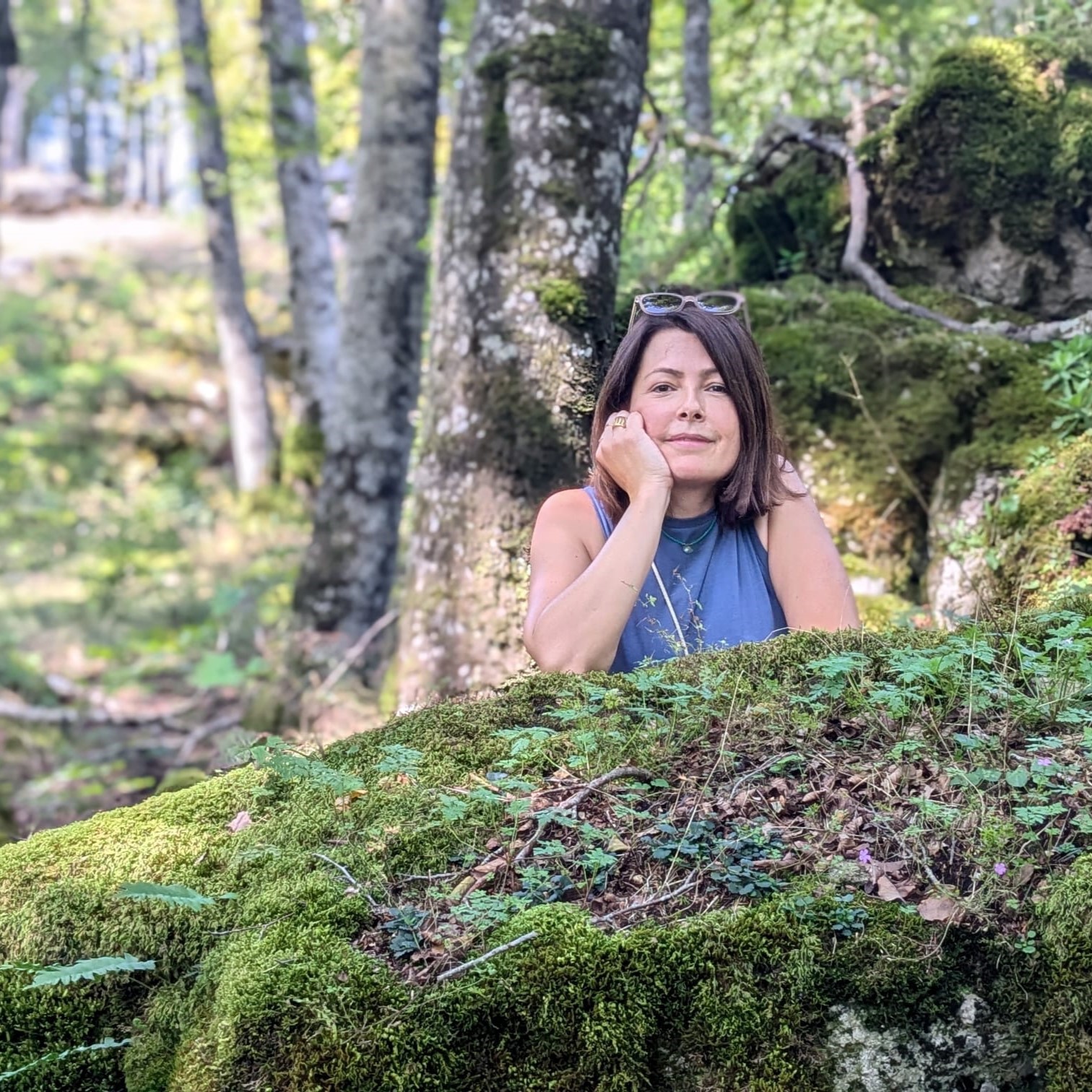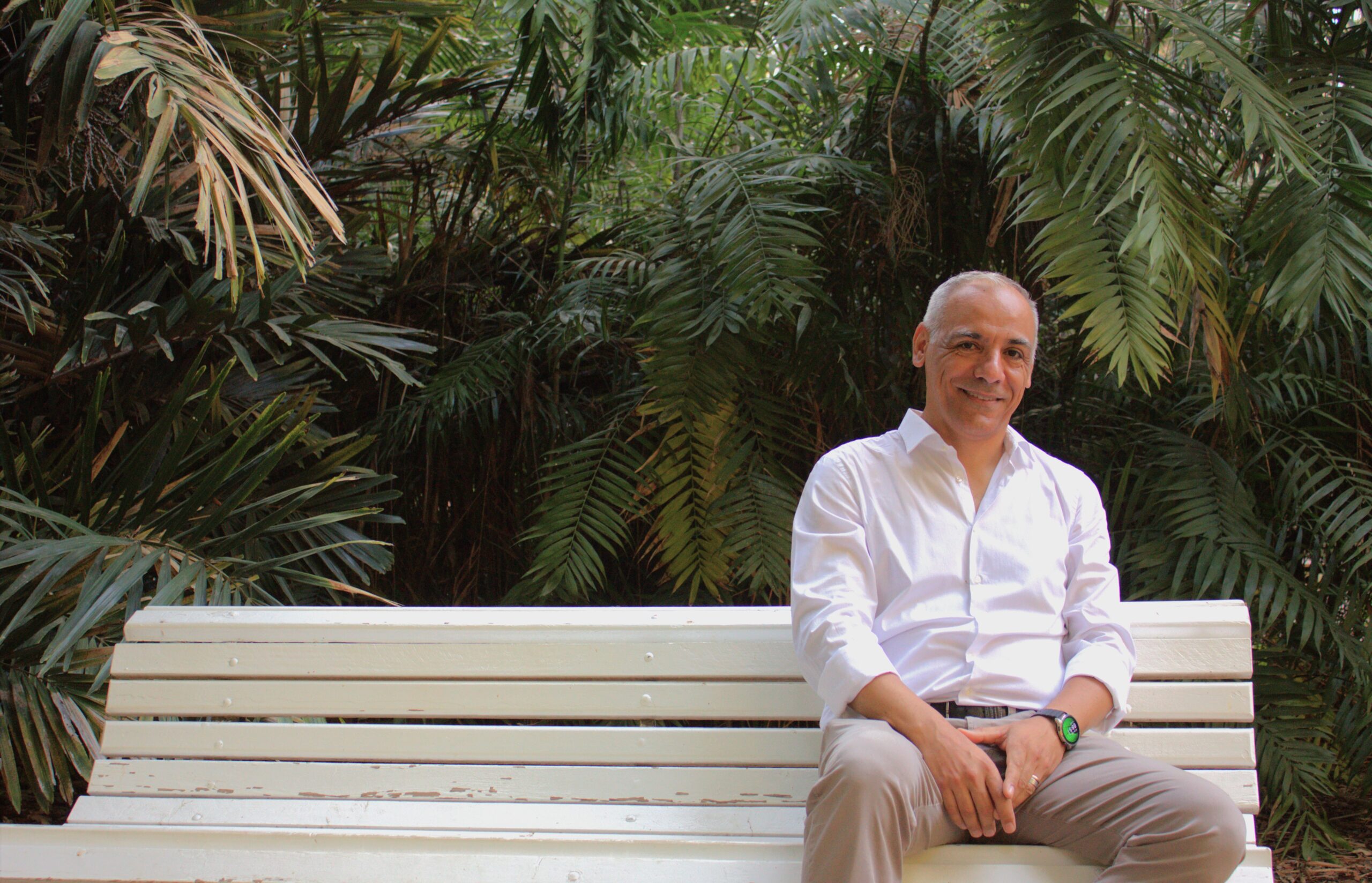Nature to be less wild
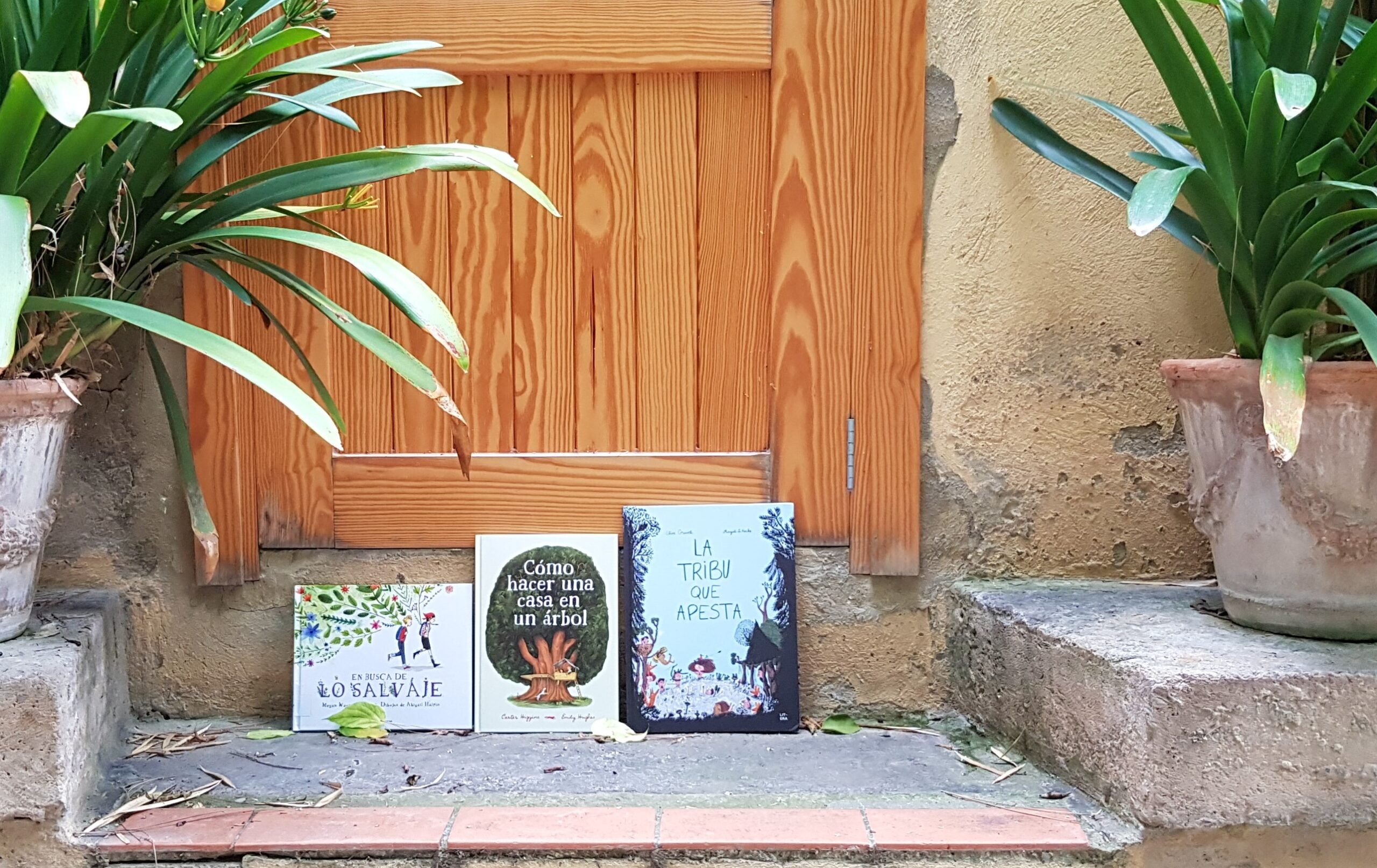
Why is it that when someone blends in with nature they used to be called wild? Does contact with our natural environment distance us from civilisation or, on the contrary, does it add new values to us? In “Plantas contadas” we recommend three amusing stories and an essential magazine where the "wild" life is rich, inspiring and, of course, recommendable.
In my village, when children ran barefoot in the fields, their skin was golden from the sun, and their hair had not been near a comb for a long time, they were said to be “feral”. The comment could be malicious and refer to families raising their sons and daughters in unconventional ways. But most of the time it had no bad background and was used especially in summer, when there were no schedules or obligations, and people spent time in the cottages. It was then that the kids, who were normally quite used to being in contact with nature because they lived in a village near the mountains, immersed themselves in it among the irrigation ditches, orange trees, “riuraus” (buildings whose structure is specifically designed to be able to dry the grapes and turn them into sultanas), and fig trees, picking snails, climbing trees, making huts out of branches and enjoying the fruits directly from their source of production. Knees were a bit balky but it was worth it. Children, plants and animals were a perfect balance.
Today this situation has to be sought out because it does not happen so easily, either because holidays are shortened and are accommodated to those of fathers and mothers, or because of various sufferings and dangers, real or imposed, children’s freedom is much more limited. Let’s try to bring children closer to nature and give them a wilder life. With these publications we can make, at least, a first step in that direction.
In search of the wild
A boy and a girl leave their urban environment behind and immerse themselves in the wild to reflect on what it is. With phrases that are almost verses, we walk through what is supposed to be wild, and which can be so tiny that it escapes our sight or so large and exuberant that it is impossible to ignore.

The wild stimulates our senses, we can be intoxicated by its aromas, feel it on our skin, listen to it and learn to decipher it, touch it and notice all kinds of textures… Is the wild dangerous? It can be, of course, but it is also adventure, discovery and enjoying what we have within our reach. It is also full of secrets that, if we are willing to look for them, can be a constant stimulus that will keep us awake at night.
Although the wildness is not everywhere, it is sometimes hidden under a tarmac, straight, calculated and plotted order. Under buildings, traffic lights, traffic jams… Is there room for wildness in such a space?
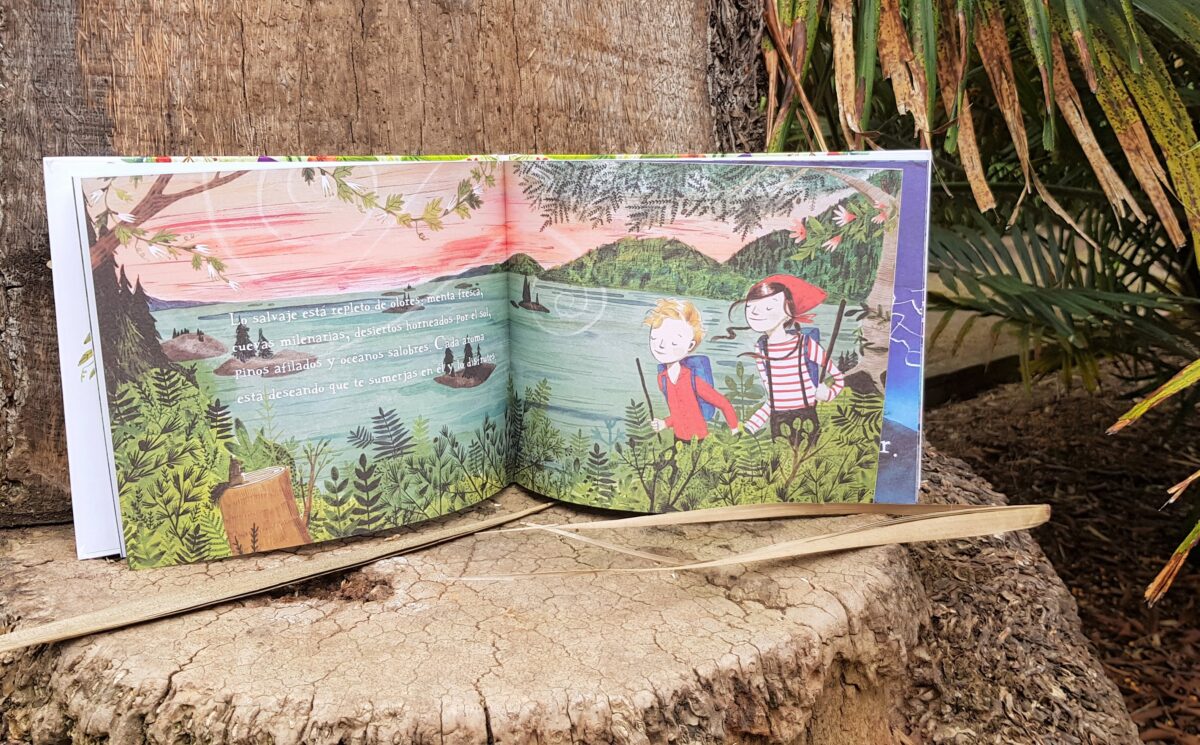
A story with “wild” nature flooding the illustrations to make us smile as we see how a few simple green spots can suddenly make everything look different. It is our wild side that awakens.
How to make a tree house
All you need to make a tree house is time and look up.
Is it as simple as that? And the tools, the materials, the plans… We won’t find them in this book, which invites us to imagine and dream. What we will find is a desire for adventure, many types of houses, different landscapes, and boys and girls everywhere working together on a common project in which we really want to participate.

In this endearing story with no definite ending, the text is practically poetry, and you only have to read the first sentence to want to turn each and every page. Because we will find towers from which to see the horizon, knots, ideas for planters, a sky full of stars, swings, sleeping bags, rain and shadows that are not scary. Why don’t we invite them to think about the possibility of having their own refuge, a place of their own where they can share games and secrets, where they can escape to a life where the houses are in the trees?

One of our recurring questions in the espores.org green interviews is whether the interviewee knows how to climb a tree. We assume that with age we lose the ability to climb anything that challenges us. Hopefully books like this one will help us to look at trees not only from below when we leave childhood behind.
The tribe that stinks
Do you think the smelly tribe will be a bad example for your sons and daughters? That’s because you haven’t yet met this endearing, anti-establishment group. You see, they survive directly from what nature offers them: fruits, berries, fish… They get by just fine: they know their way around, they look for drinking water, they make fires, they manage their waste (even the waste that has been thrown into the river without any shame), they make friends with animals… Yes, of course, there is a catch, the children of the tribe are orphans and they smell bad.
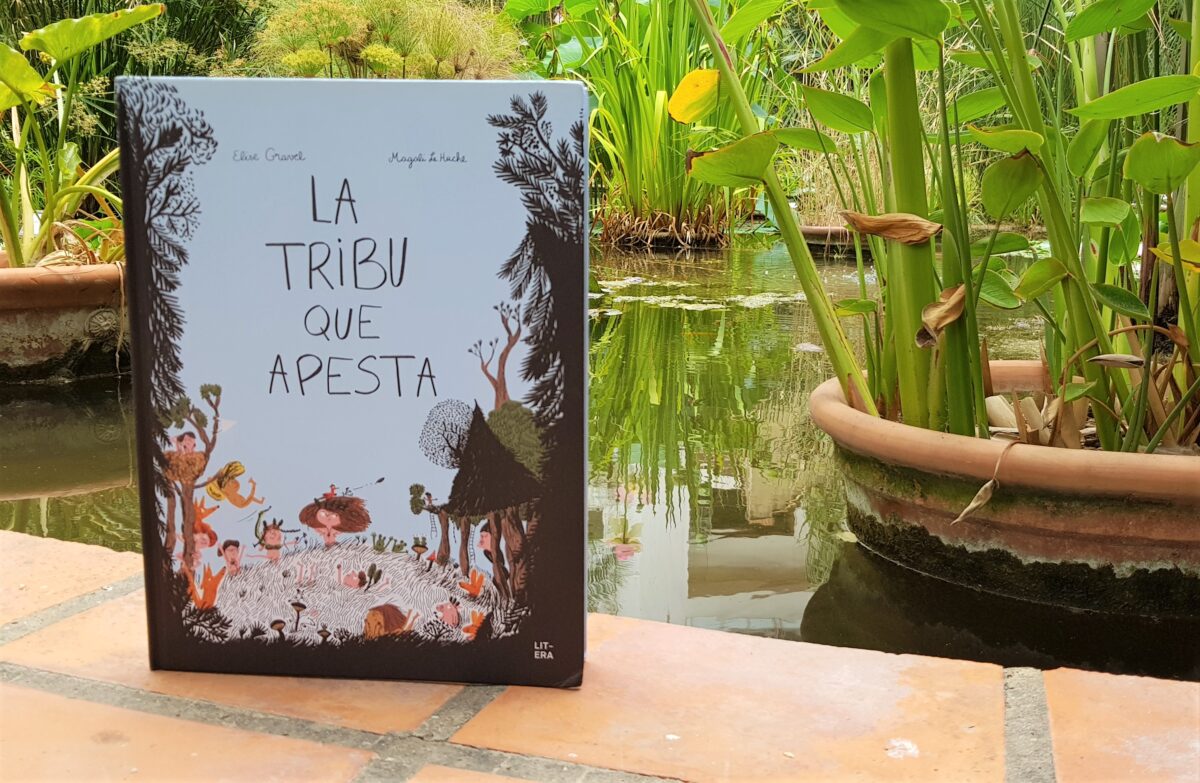
Why do they smell bad? It’s obvious, isn’t it, because they don’t bathe! And this situation is inconceivable for the adults, who want by all means to capture this tribe and take them to an orphanage so that they can learn at straight and very tidy tables, wash themselves in impeccable bathtubs, and behave as they should behave, and not as they do in the tribe.
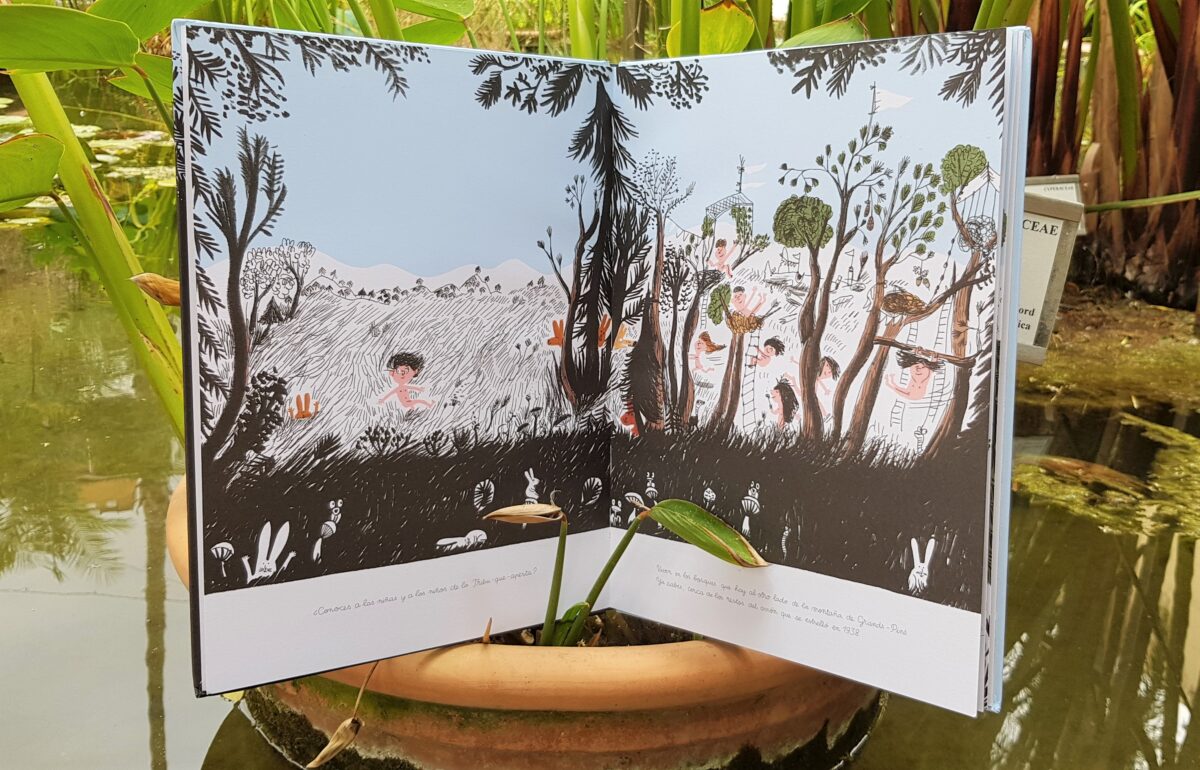
A funny and tender story, full of delirious scenes, where big cakes and sweets are blackmailed, little boys and girls are wiser than they seem, and nothing is what it seems. Is the tribe that smells bad neglected and lost? Or is it the adults who don’t want to understand that they are not always right? Will they come to an agreement? So yes, this is a wake-up call to rethink our view of childhood, and to talk about how time makes us forget some things. If reading this story as a family and seeing the tribe that sucks, we are undoubtedly in favour of the tribe, it is because we really know that our wild side is screaming to get out.
“Pantera”
This impeccable publication is presented as a magazine about nature and the people who protect it, for the children who will save the planet, and it already has seven interesting issues. When we saw the flowery cover of issue five and the topic, the plant world, we decided to tell you about the publication through an issue that strikes a balance between an informative magazine and an illustrated book.
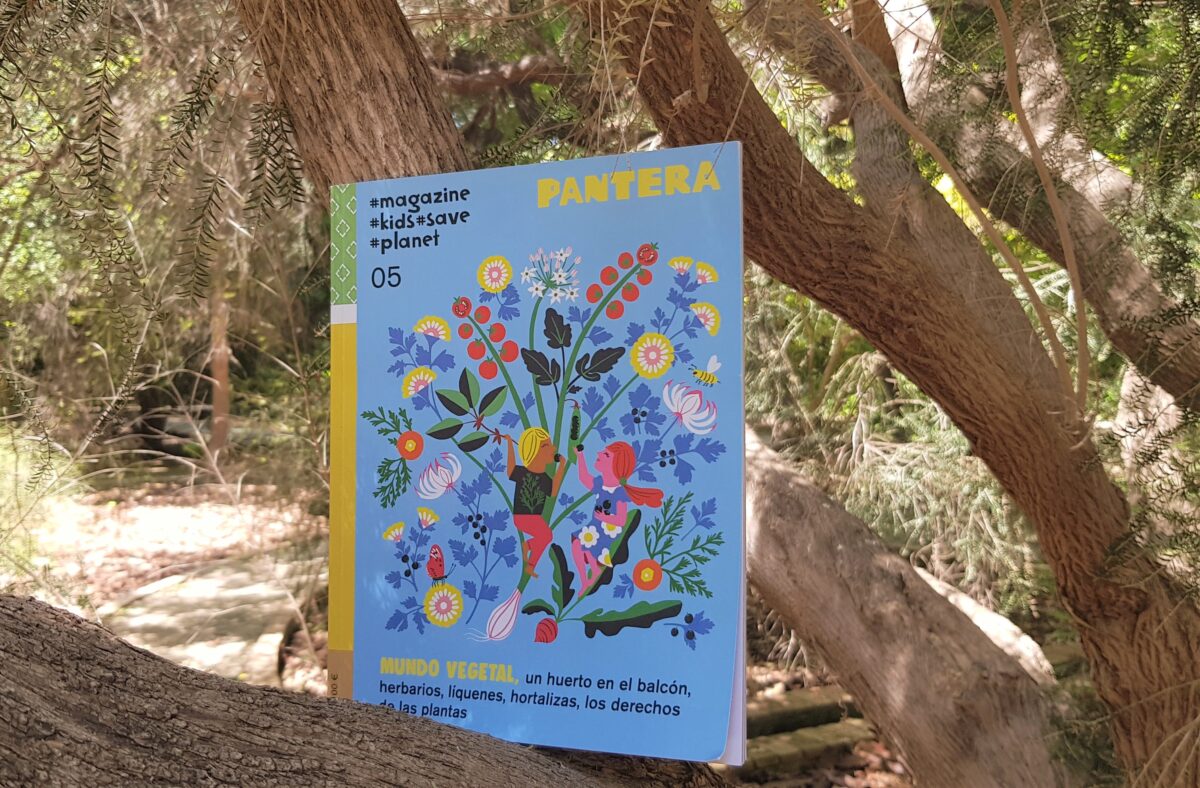
It is always exciting to receive a subscription at home on paper, now that digital has invaded our way of consuming information. Cristina Camarena, the magazine’s editor, who has other original and successful publishing projects behind her, knows this feeling well and knows that if we print on paper it is because what we produce must have a value that justifies it and be worthy of wanting to be preserved.
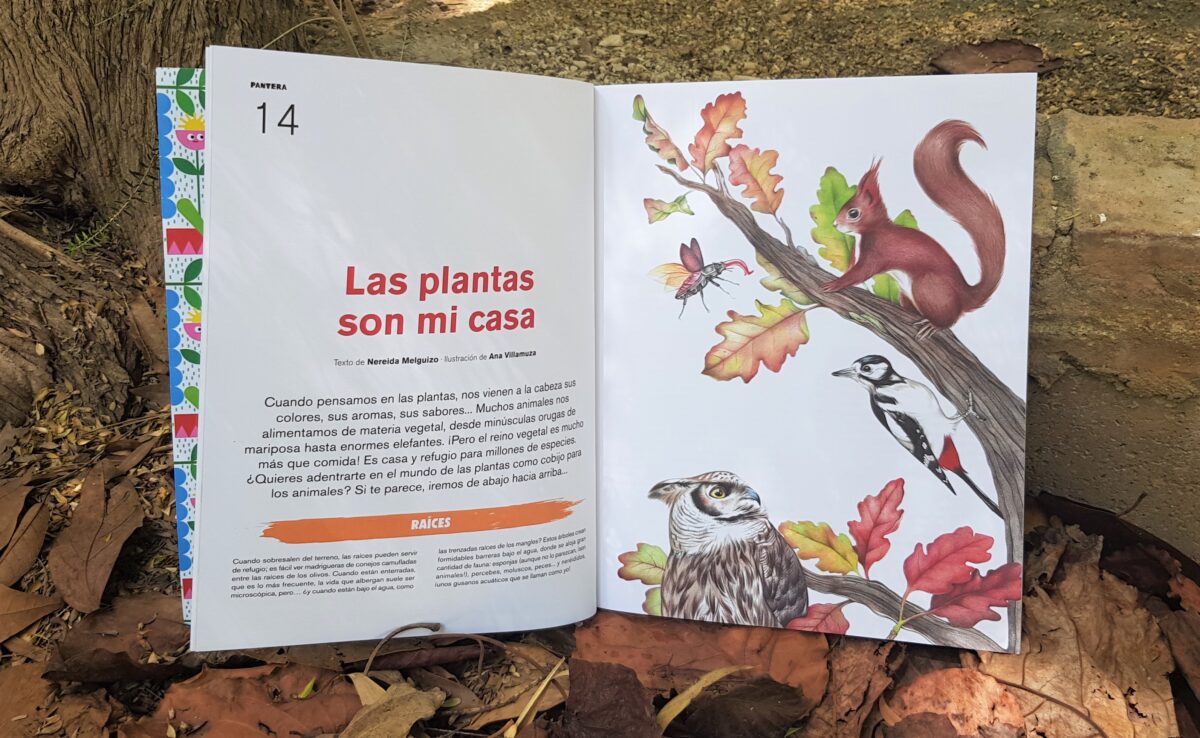
And is “Pantera”? The same colourful illustrations, carefully designed down to the last detail, the texts that delve into botany, simple but equally interesting, the proposals for action, the curiosities, the artistic ideas… indeed, all of this means yes. In the magazine we find everything, we will expand our knowledge with news, curiosities about plants, such as the root of the mandrake or the kissing flower, carnivores, lichens, those wonders that attract us when we go out to the countryside and that are not plants, and do you know the three sisters, three plants that take care of each other in the same ecosystem?
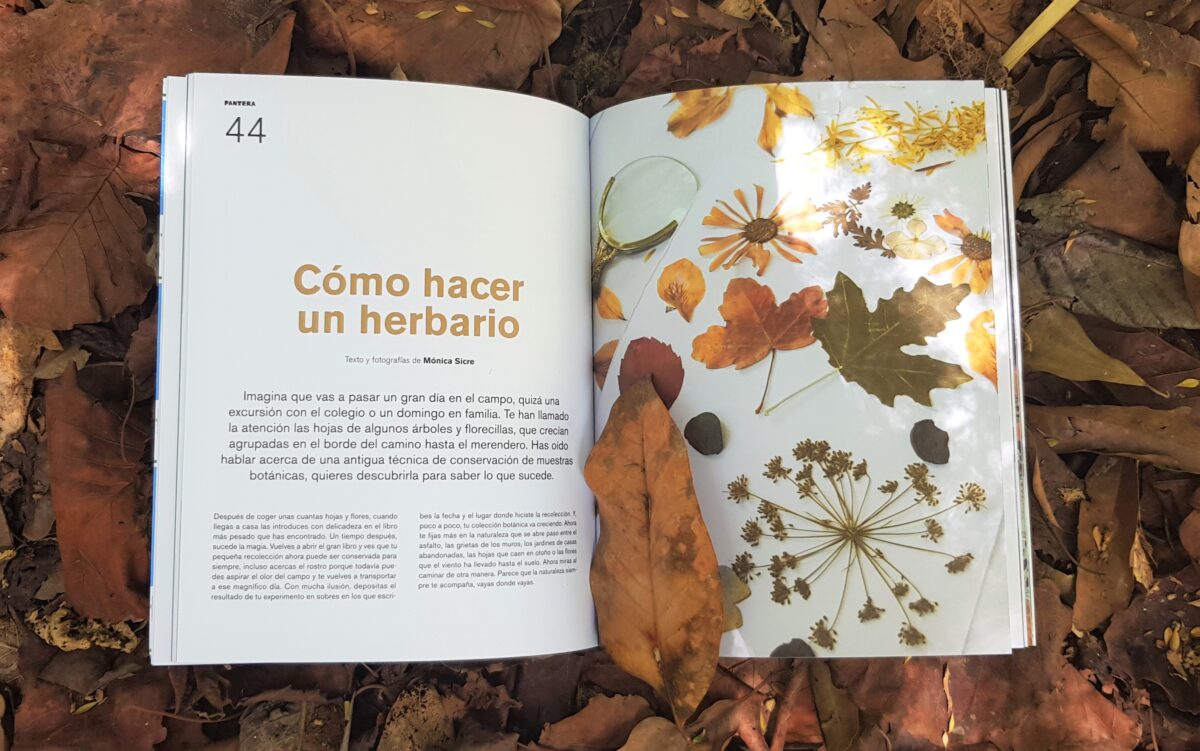
In addition, with “Pantera” we will get down to work because they explain how to make a herbarium, practical tips for creating a vegetable garden on our balcony, they tell us about compost, they give us notes on art and nature… And the part we like most, the part that tries to seduce us with botany, to open our eyes, to take our feelings and transform them. How? Through tales and stories, but also through very vindictive plants that tell us about their rights, in a green and wonderful universe, with advice on how to listen to them, which do not speak to us in a language we know, far from it, so we have to be prepared to change our perspective, and with reflections for something as important as stopping. Do we know how to stop? Let’s have lunch in the countryside, let our gaze get lost in the green, let’s feel the grass under our feet, and let’s dedicate a little while to reading this magazine that will make us enjoy nature from the multiple perspectives of a spectacular kaleidoscope.

Bibliografia
Megan Wagner Lloyd (2018). En busca de lo salvaje. Abigail Halpin (il.) Errata naturae. 26 pág.
Carter Higgins (2018). Cómo hacer una casa en un árbol. Emily Huges (il.). Libros del zorro rojo. 32 pág.
Elise Gravel (2017). La tribu que apesta. Magali Le Huche (il.) Litera. 26 pág.
Revista Pantera (2021). Mundo vegetal (n. 5). Savanna Books. 85 pág.





